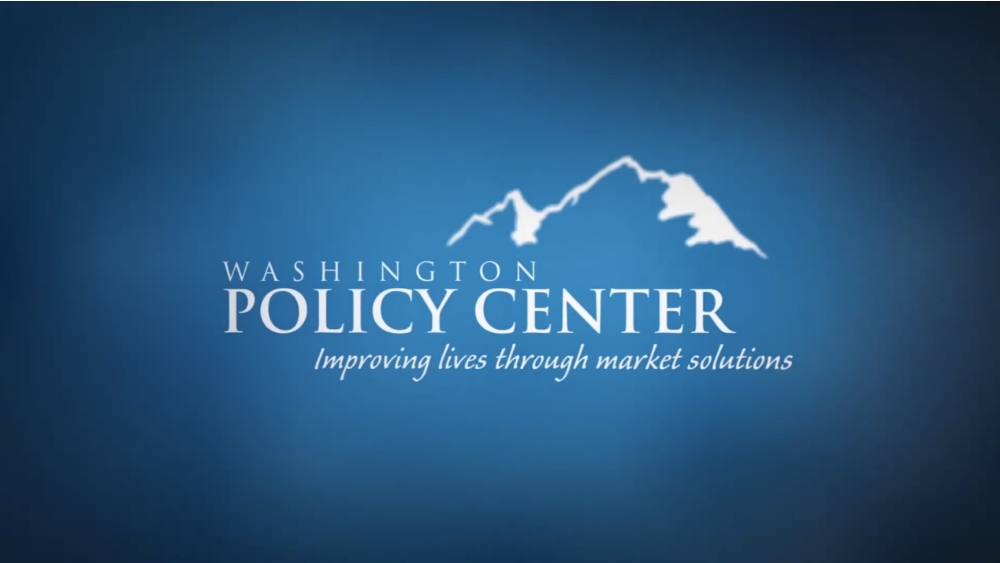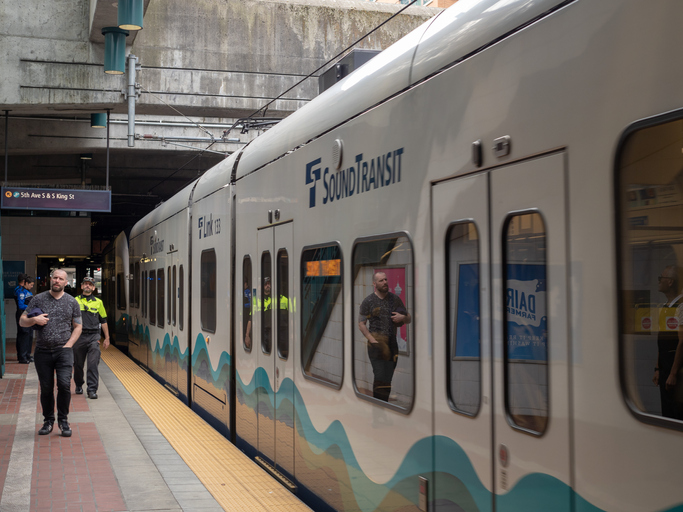Related Articles
Relevant Topics
I once heard a transit planner say the biggest obstacle to people using public transit is free parking. He claimed that parking should contain a price to increase the cost of driving, which would make alternative transportation modes more attractive for drivers who have higher sensitivity to costs.
While I completely disagree with this type of social engineering, his larger point I think is absolutely true. Parking polices can and do play a significant role in transportation planning.
Seattle officials are trying to use parking policies in the same way. Seattle Mayor Mike McGinn' war on cars proposes to significantly increase the price of public parking. He claims that higher prices will free up supply. And Seattle Councilman Tim Burgess has a similar plan, just applied in a more sophisticated way.
They both argue that increasing price will create a balance between supply and demand. They claim the current price is too low, which makes demand higher than supply. This is why drivers can never find street parking and leads to greater traffic congestion on surface streets. So their solution is to raise price.
Price will bring balance to supply and demand but it will be accompanied with negative externalities.
Using higher prices to balance parking supply with parking demand harms the economy. It means demand goes down and fewer consumers are available to spend money. Higher parking prices also translate to fewer dollars in the pockets of consumers. Collecting $5 million from higher parking rates is $5 million less for businesses in Seattle.
There is another way to fix the problem and encourage economic activity at the same time.
The supply/demand/price equation is out of balance not because of price, but because of supply. The city has been eliminating parking spaces for two decades. A supplyside response would keep rates low, balance the equation and lead to more consumers with more money in their pockets to spend.
Fortunately, for businesses and consumers there are plenty of substitutes for Seattle’s priceside response: Bellevue, Northgate or Southcenter.



